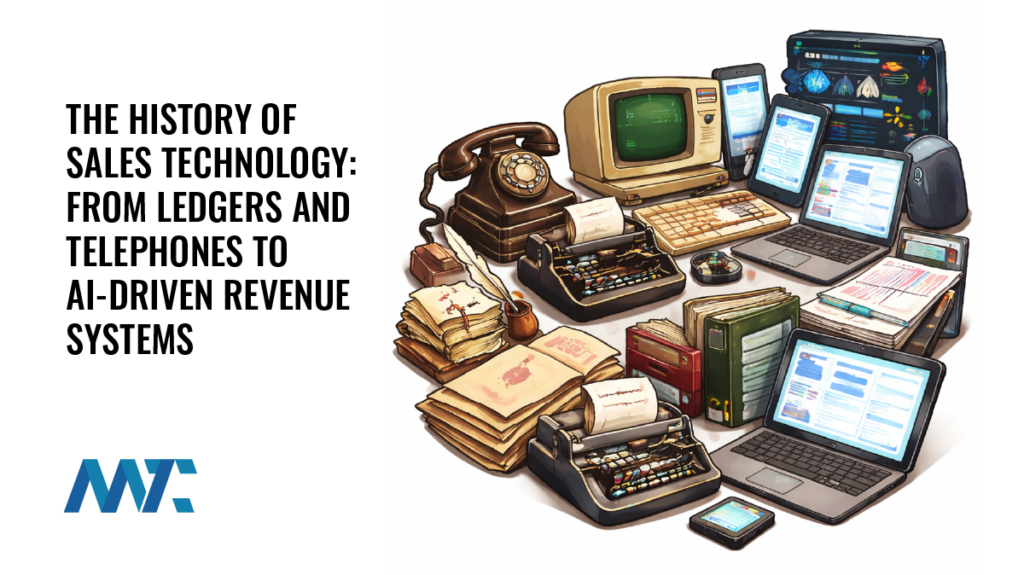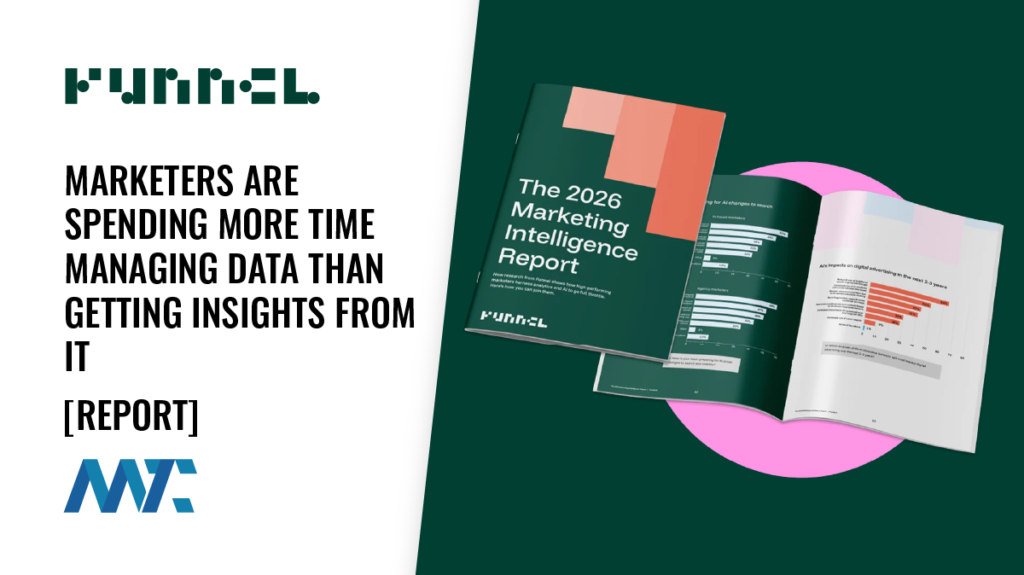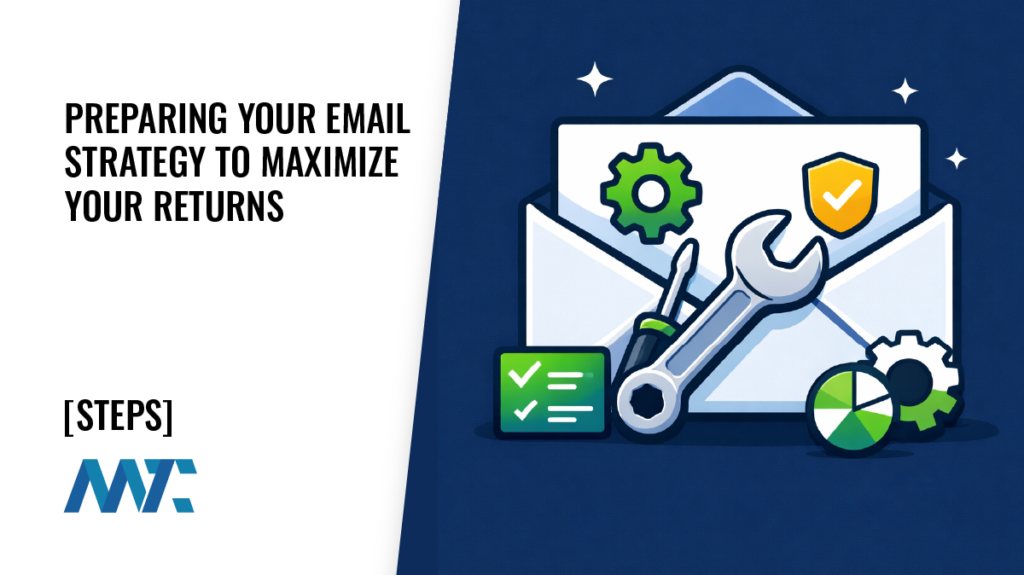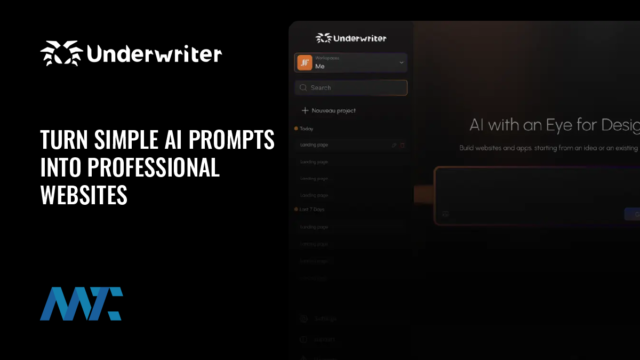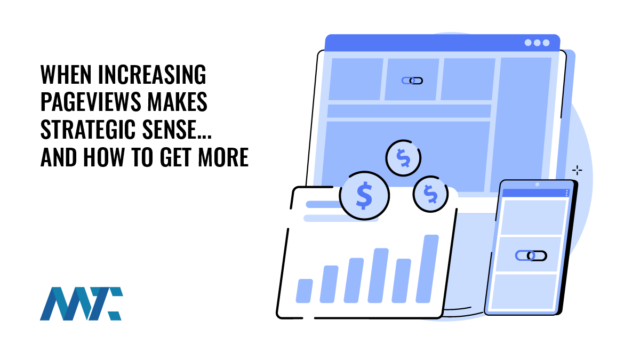Does Your Marketing Content Encourage or Discourage Your Ideal Customers?

Companies often walk a fine line between offering too little information and overwhelming prospective buyers with too much. The question is not simply whether your website or collateral is informative; it’s whether it helps buyers take the next step in their journey without disqualifying you prematurely.
I’ve seen this challenge play out countless times in the SaaS industry. Founders are often so proud of the complexity, intelligence, and thoroughness of what they’ve built that their websites become a monument to every single feature.
More than once, I worked with a team that had spent years perfecting their platform, and their homepage read more like a technical specification sheet than a value proposition. Instead of attracting prospects, it confused and discouraged them. Buyers who couldn’t immediately find the one capability they cared about assumed it wasn’t available and moved on… when in reality, the product could have solved their problem brilliantly. It wasn’t the technology holding them back; it was the way they were presenting it.
The Challenge of Balance
Modern buyers conduct significant research before ever engaging with a sales representative. They aim to validate your credibility, determine if you serve their industry, and assess how your solution compares to alternatives. Yet, if your website is packed with endless pages of product features, service details, and case studies, the sheer volume can work against you.
If a buyer visits your site looking for a particular capability and cannot quickly find mention of it, they will often assume you don’t offer it… even if you might. On the other hand, if you provide a clear, organized overview of your services, your value proposition, and how you solve customer problems, that same buyer is far more likely to reach out for clarification. At that point, your sales team has the opportunity to frame the conversation, qualify the prospect, and align your unique value proposition (UVP) with their ideal customer profile (ICP).
The Customer Journey Lens
This tension must be viewed through the customer journey. Buyers move through stages: awareness, consideration, and decision. At the awareness stage, your role is to educate and establish relevance. At the consideration stage, prospects compare you to competitors. At the decision stage, details matter… but those details are best delivered in a one-on-one sales conversation tailored to the buyer’s situation.
Great companies understand that their digital presence is not designed to close the deal outright but rather to encourage the right prospects to take the next step. By the time they’re in a sales conversation, buyers are already somewhat qualified. The salesperson can then dive into the nuanced features, differentiators, and pricing in a way that doesn’t overwhelm but instead resonates.
Value-Driven Messaging vs. Feature Dumps
The most effective digital strategies avoid the temptation to publish an exhaustive encyclopedia of every possible feature.
Feature Dump
This example overwhelms visitors, reads like a checklist, and doesn’t explain why any of it matters.
Features include uptime monitoring, SSL management, multi-region storage, analytics, dashboards, role-based access, API integrations, reporting, search filters, AI insights, mobile apps, SSO, two-factor authentication, audit logs, and more.
Value-Driven
This example communicates benefits, hints at breadth, and invites conversation instead of overwhelming with minutiae.
Our platform centralizes data, protects it, and delivers insights that drive smarter decisions. It scales with your business, integrates with the tools you already use, and gives your team the confidence to focus on growth. Want the details that matter most to you? Let’s talk.
Value-driven content focuses on:
- Framing the business’s positioning within the market.
- Showcasing customer outcomes rather than raw features.
- Offering concise overviews that open the door to deeper conversations.
This approach encourages prospective buyers without discouraging them with unnecessary complexity. Best of all, it opens a pathway to conversion rather than removing the opportunity.
Takeaways:
How to determine if too much information is hurting you:
- Check your bounce rates: If visitors are leaving quickly, your site may be overwhelming or confusing them instead of encouraging engagement.
- Assess feature findability: Pretend you are a buyer looking for one unique capability. If you can’t easily see that you offer it, chances are genuine buyers can’t either.
- Review sales feedback: Ask your sales team how often prospects say, I didn’t see that on your site. If it happens frequently, you may need more precise (but not exhaustive) coverage.
- Map to the buyer journey: Ensure your website speaks to awareness and consideration stages, while saving decision-stage depth for personal conversations.
- Simplify navigation and messaging: If your site reads more like an instruction manual than a solution overview, you’re likely discouraging more prospects than you’re attracting.
- Test CTAs over detail pages: Measure whether visitors are more likely to engage when you drive them toward a consultation or demo, rather than burying them in feature grids.
The ultimate goal is not to answer every possible question on your website. It is to provide enough clarity and credibility to encourage prospects to step into a conversation where your team can qualify their needs, emphasize your UVP, and guide them toward becoming a customer.
